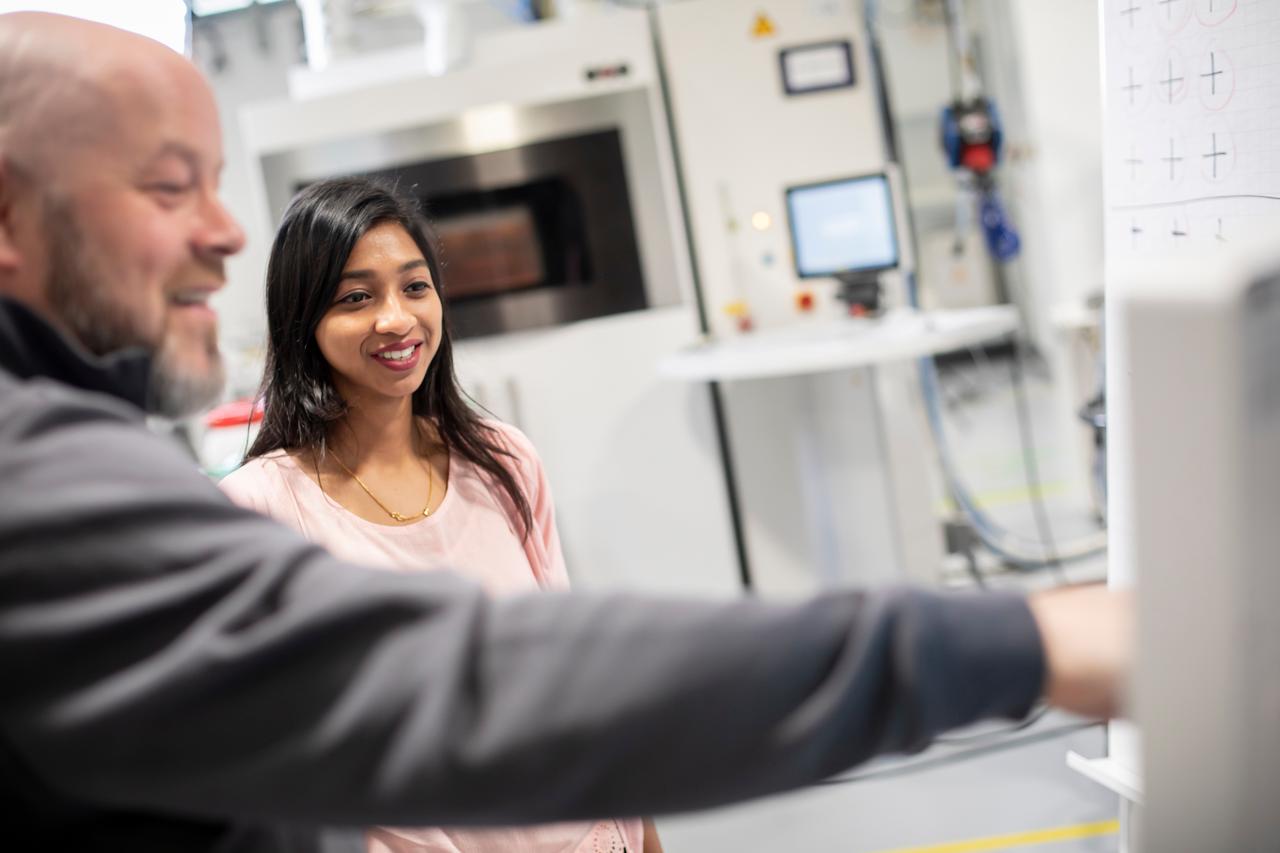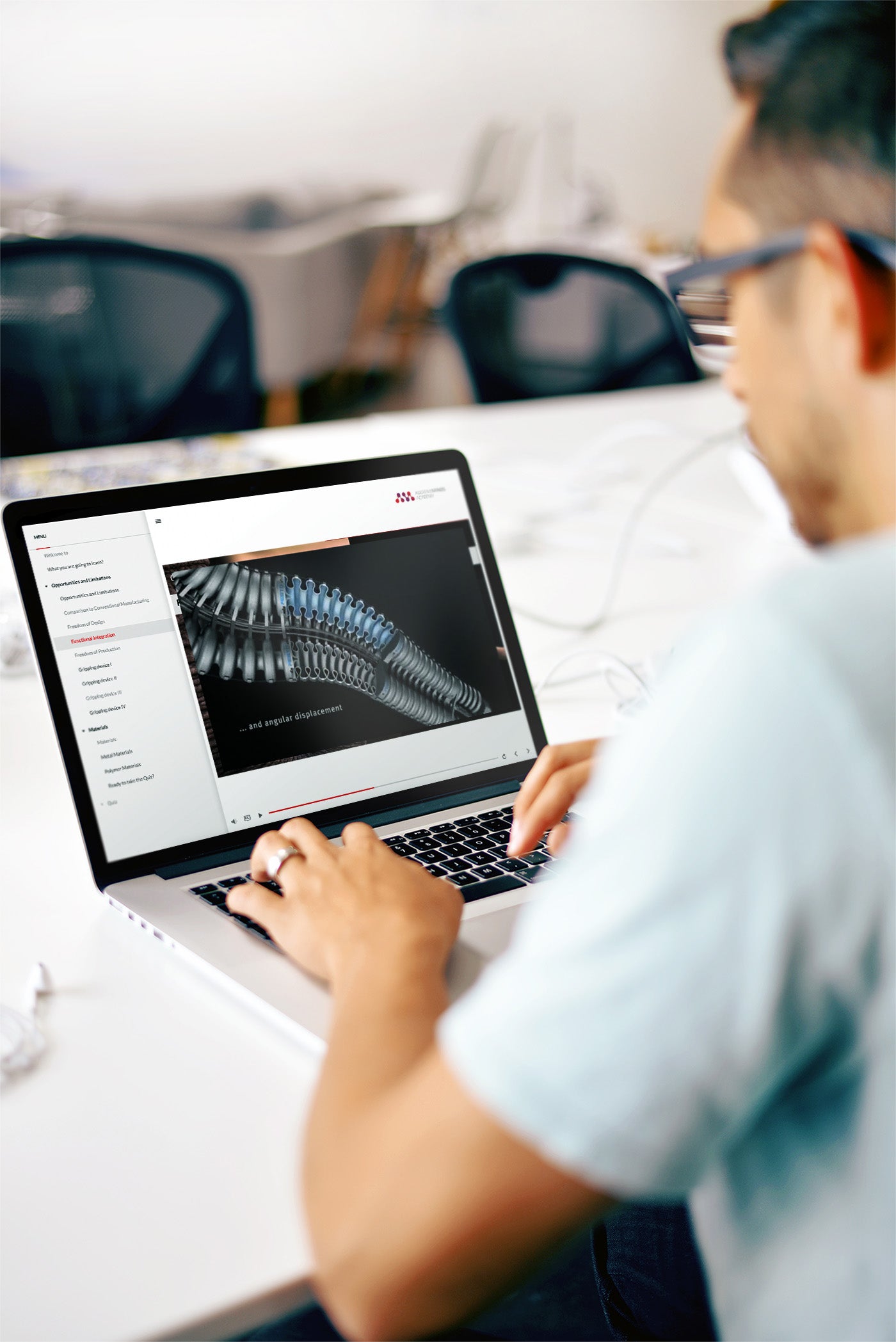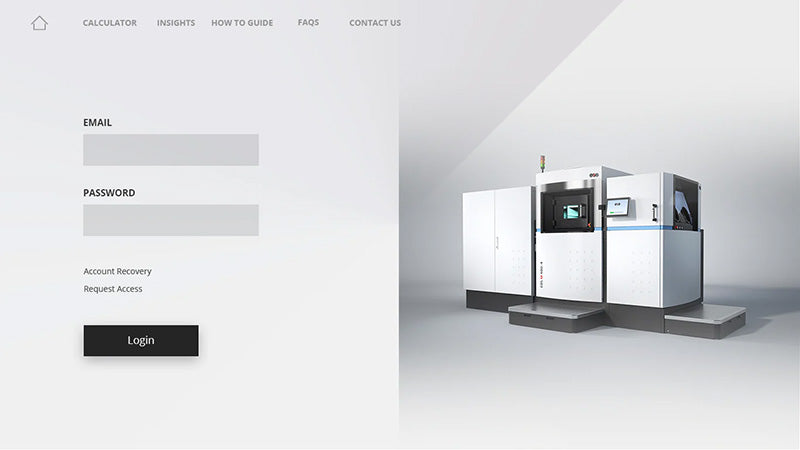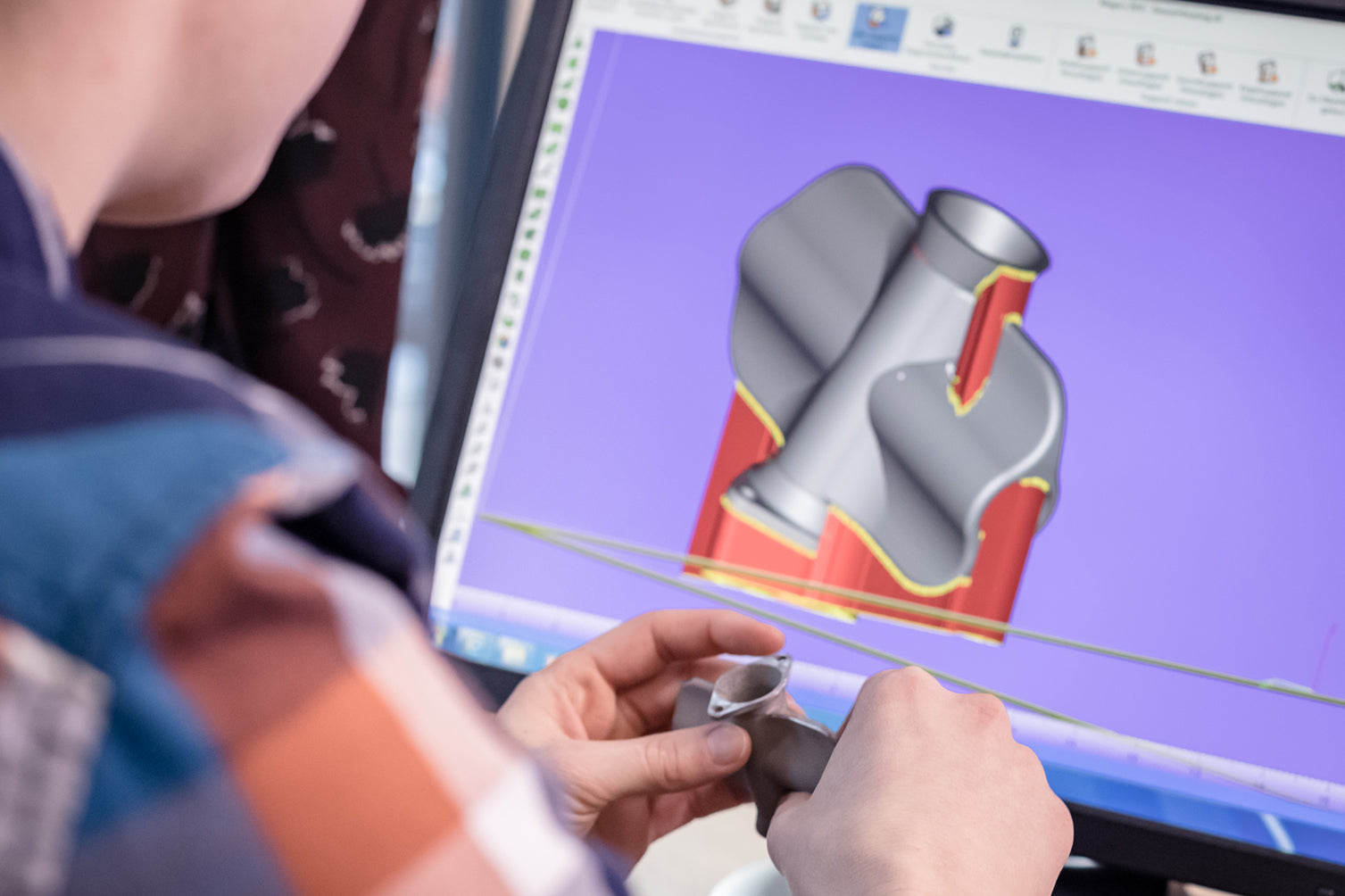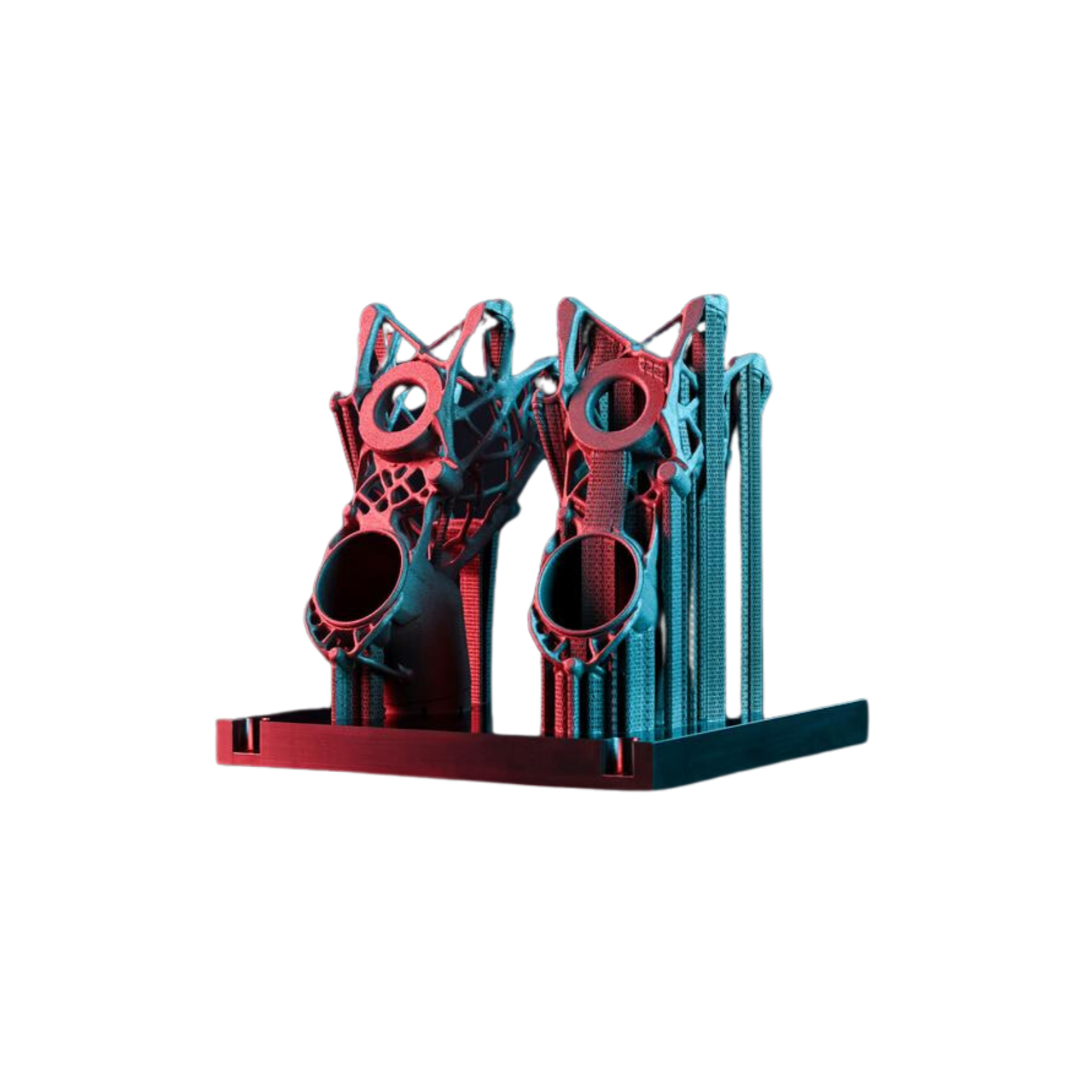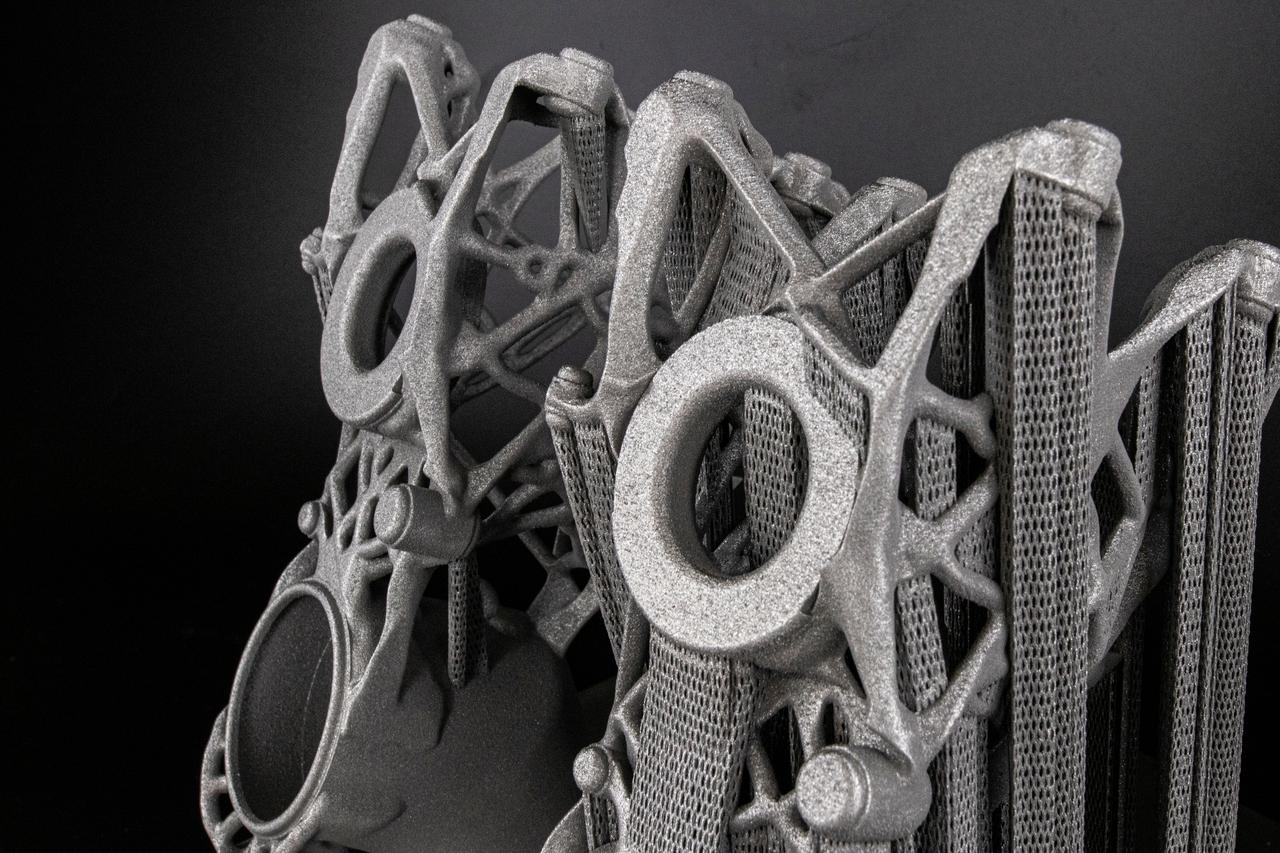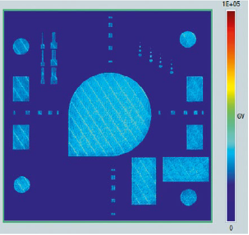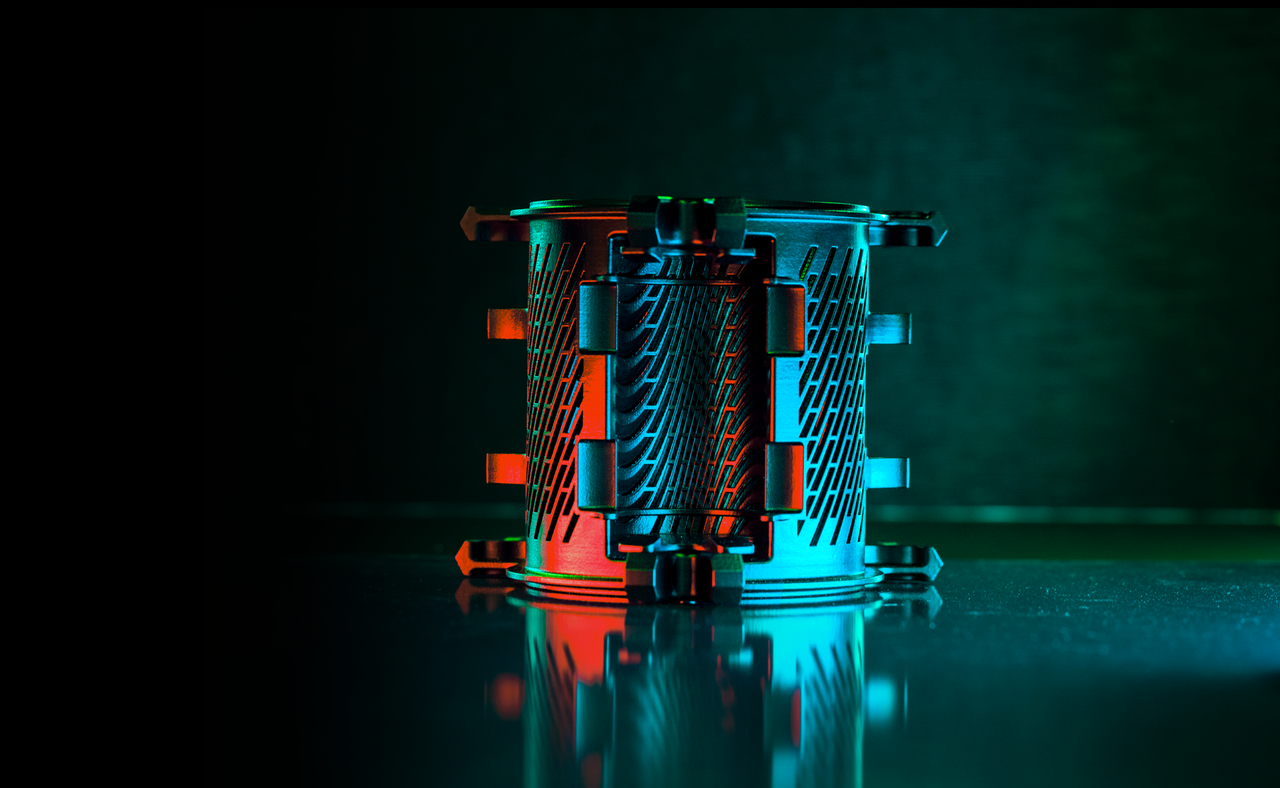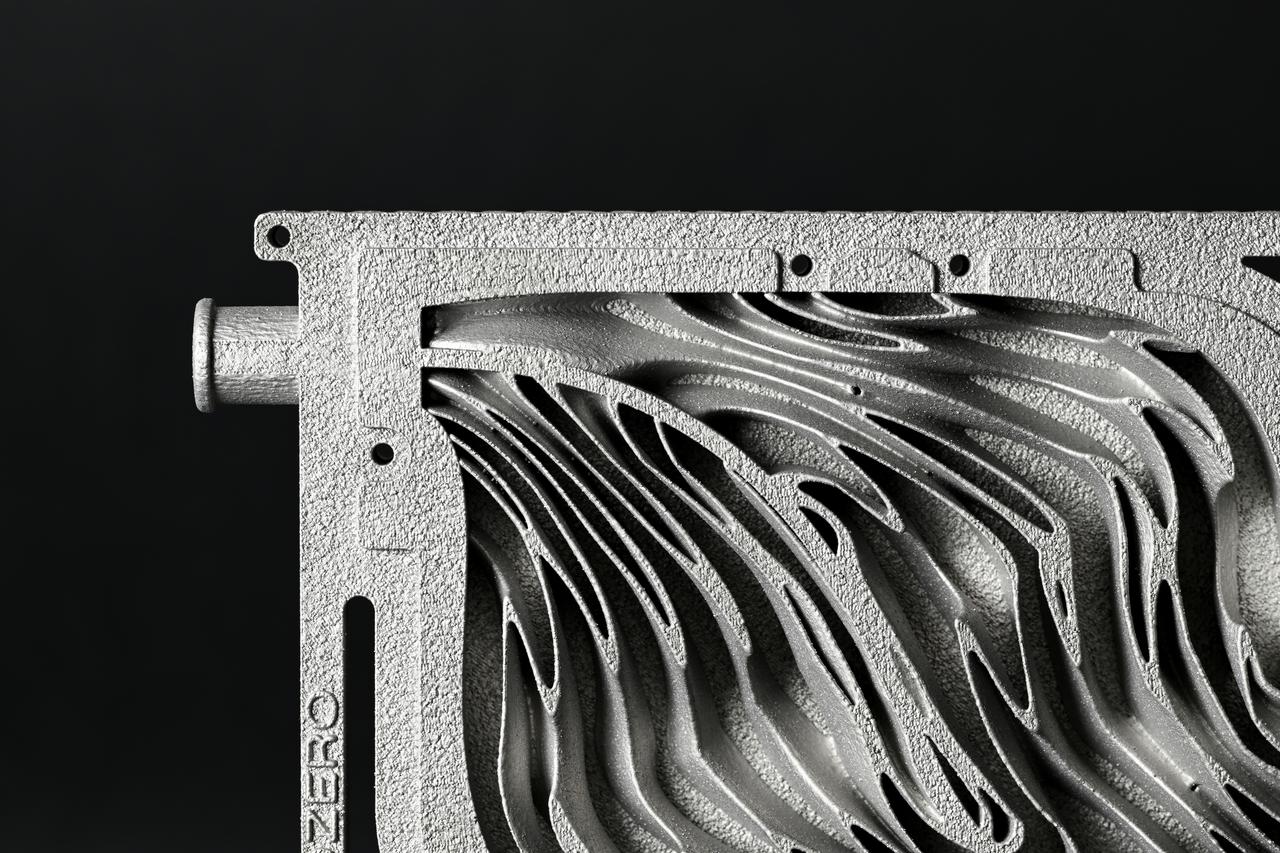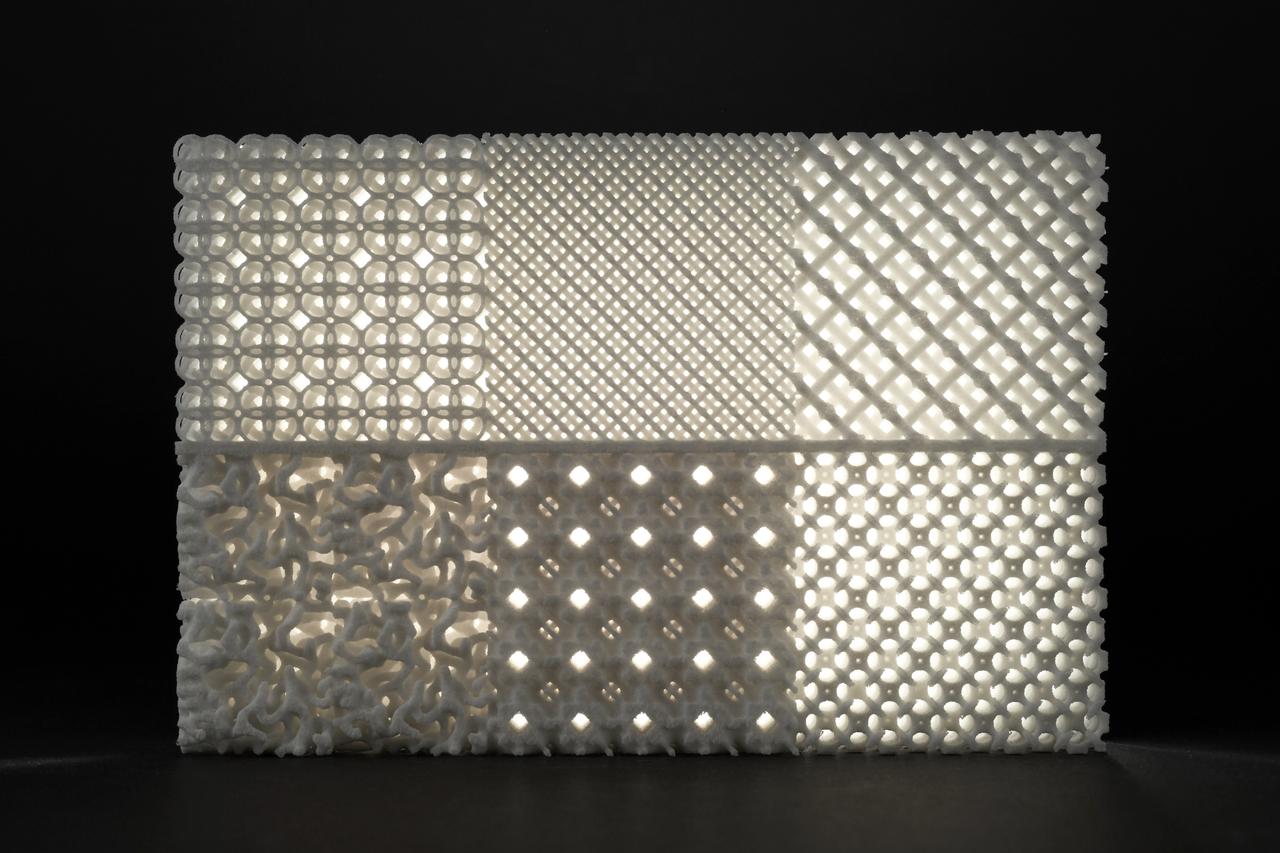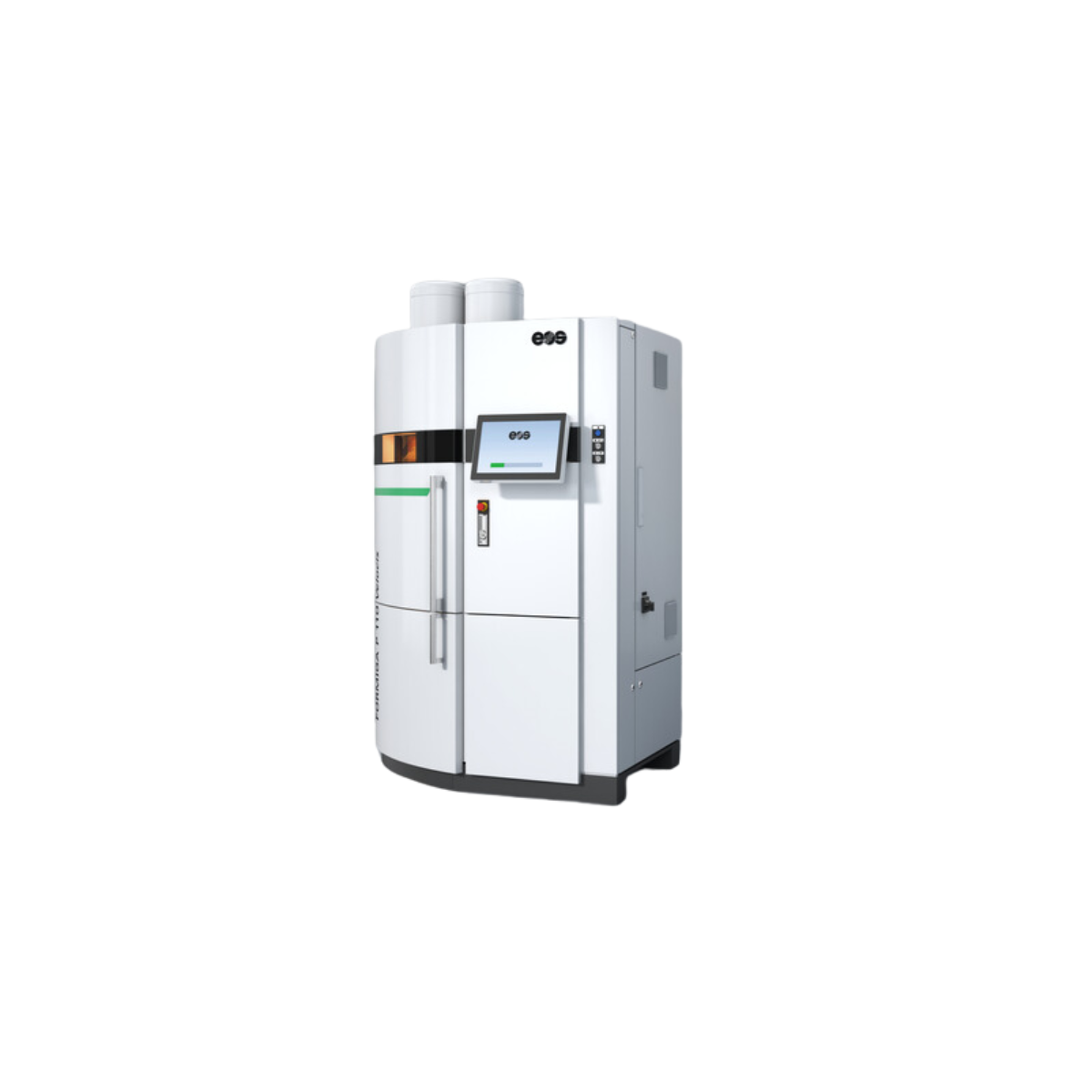Discover what the Additive Minds Academy from EOS has to offer
Interested in AM Training, But Not Sure Where To Start?
Our pre-assessments help you choose the best path so you engage with the appropriate learning track. This also ties in perfectly with your onboarding process to ensure each team member acquires the knowledge they need in the shortest possible time.
Book a Free Assessment